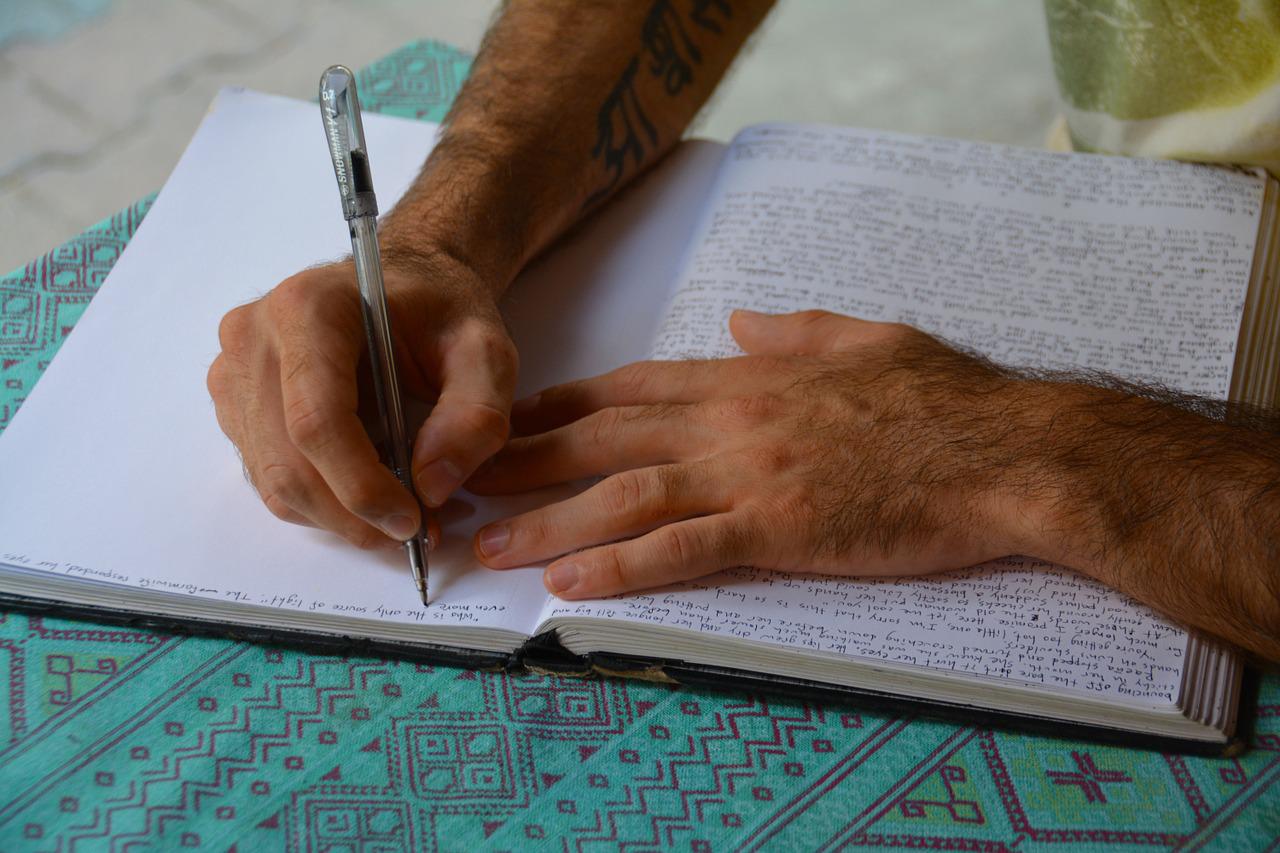Wouldn’t it be fantastic if we could create great habits in less than a month? There are so many new habits people want to change or add to their existing regime to improve their lives.
This article will show that it doesn’t take 21 days to form a habit, except for a few exceptions. So, if this is not true, where did this idea come from in the first place? How did people think about forming a habit in 21 days?
People have been interested in personal development for decades, and in 1960, a motivational book that Maxwell Maltz wrote, a prominent plastic surgeon, stated this as a fact. The book Psycho-Cybernetics focused on the plastic surgery of a person’s inner world. The more neglected world of change and growth. It is interesting to note that many people seeking plastic surgery wish to change their world and often feel that changing certain outward aspects of their outer appearance would change their world by default.
Maltz himself felt a lot of negative feelings people had about themselves emerged more from their internal turmoil or scars. Focusing on one’s self-concept and self-image could achieve the same result instead of changing their appearance.
For example, he noticed that many of his patients took 21 days to accept their new look after surgery.
He set about monitoring his progress with different habits, and scientists began researching the 21-day rule. Subjects chose several practices they wished to change, from adding something simple to their daily, like a walk after dinner, to more life-changing habits. In some cases, the 21-day rule did work, and in others, it did not.
What Can We Take Away From These Experiments?
Proper research and science take a little more work than examining a small sample of people and coming to a conclusion. While there would have been merit in what Maltz observed, the ‘experiment’ was not thorough enough. The book Psycho-Cybernetics still has many fans and has been rewritten many times over; in fact, well-known influencers such as Tony Robbins use this approach to life and change.
The fact is that there are variables that will influence this process with behavior change. Is it an easy habit to change? Does the person want a difference in their lives? How much is hinging on this habit change and so on?
Some People Have to Change Particular Patterns of Behavior
Some habits have to change, and patients in treatment centers for heart attacks and other debilitating illnesses need to make changes to improve their condition. Smokers want to give up smoking, and drug addicts want to remove addictions in their lives.
Some people want to add more sustaining habits to their goals, like starting to get fit and working towards a better future.
So, knowing that some habits have to change, how do we change our behavior, and how long will it take?
People have to want to change; the time frame is less important because small changes occur more quickly, and minor modifications become more significant changes over time. Some habits are challenging to change, and others are a breeze, depending on the pattern. To overcome this challenge the first thing you should do before forming a habit is to learn how to organize your life since it can have a great impact on how you form these habits.
Changing habits can take anything from three months to six months or even a year, depending on the behavior and handling.

The Science Behind Change
External cues help a person change, and reinforcement can keep the change more consistent, like support groups. The time frame is variable but what can occur is what is known as a behavior adjustment. Real change takes around six months. The keep up of the behavior during the six months is challenging. With this in mind, let’s look at how habits can change.
The Cornerstone of Change
In the Power of Habit, written by Duhigg in 2012, The three cornerstones of habit include:
- Cue
- Routine
- Reward
In this situation, the brain functions in a cyclical motion or habit-forming loop in this situation. Let’s look at some simple examples.
- You hear your alarm clock and start to wake up.
- You stroll over to the coffee station and make some coffee
- After you drink the coffee, you feel a bit more awak
The alarm clock was your cue; your behavior was automatic; you got up to get some coffee, and your reward was the coffee.
Another Example
You get into your car, put your seatbelt on, and reverse down the driveway to work. Check your side mirrors as you go along for oncoming traffic.
Going to your car is a cue to put on your seat belt, reverse down the driveway, and check your side mirrors. These habits are easy to do since you do it each day, plus you have the car to remind you, which has become a cue—the same for your seatbelt.
Surrounding yourself with cues helps to reinforce behaviors that reinforce habits.
You can change habits and learn better practices using these three cornerstones.
Using All Three Cornerstones
For this, we need to look at an example.
Let’s say you like to go and shop at a particular shop. The items this shop sells are a bit addictive, and you find you always go a bit overboard on the spending.
After being at this shop, you often meet friends for lunch, but because you have spent so much at the shop, you always order coffee while your friends order lunch. You love chatting with your friends, which is the day’s highlight; the shopping part was ‘killing time’ until lunch. After lunch, you go home and are a little dissatisfied despite buying loads of things from your favorite shop. You could criticize yourself for spending so much and vow never to do it again, until next time!
You could change this behavior using the factors of a cue, routine, and reward.
You could meet your friends first and have lunch; this would enable you to have some lunch instead of coffee, and what is leftover in cash you can spend at the shop. If you repeat this behavior, your routine will change, and you will find you pay out less and enjoy a more enriched life.
The cue would be to meet your friends; the reward would be seeing your friends and having lunch. The routine would be seeing them first, and the benefits are saving money and having more fun.
It might sound a bit confusing, but you will get the hang of it over time. It takes commitment and practice.
Not all new habits go smoothly. It takes a bit of planning and commitment. Here are some surefire ways to change negative patterns and embrace new ones.
Tip 1 – Start With Only One Habit You Want to Change
If you take on too many habits, you won’t make it. Decide which pattern is the most pressing and stick to that one for now anyway.
Remembering cues and routines, you can change a couple of habits at once if they are in the same sequence. You might want to get up and drink herbal tea rather than coffee, then work out for ten minutes. Change is more likely to string the changes into one sequence and relate them.
- cue – waking up
- routine – have the herb tea ready to prepare
- reward – enjoy a cup of delicious herb tea
Here you have installed a new behavioral loop.

Tip 2 – Use Vivid Imagery
If you want to change your eating habits because of a health scare, use vivid imagery to keep you on track. Don’t overdo the negative imagery; you don’t want to stress yourself out. You can focus on the negative images you are trying to avoid and then switch your mind to where you want to be. Imagery is powerful, and both negative and positive reinforcement can assist in changing behavior. Some people find positive imagery more helpful; seeing themselves altered and in a healthier position can motivate people to move forward.
Positive vivid imagery also helps make your goal clearer about where you want to be in the future.
Tip 3 – Don’t Underestimate Peer Pressure
The word pressure can seem negative, but peers help us towards a goal if we enlist their help. Peer pressure is how weight loss companies encourage people to lose weight. Most of the participants are encouraging and will praise people if they reach their goal weight.
The same goes for habits. That is why there are so many Apps now that help people reach goals. People love compliments, encouragement, and reinforcement. Use these if you are struggling to keep on track. Remember, small changes can lead to more significant changes.
Tip 4 – Make it Easier
If you want to lose weight but find yourself eating sugary foods, make sure you have better options. The cue here is hunger; the routine (or behavior) is to grab whatever is nearest when you are hungry. If you have prepared in advance, you can still satisfy your hunger (reward) by having healthy options available to eat.
Make sure these options are visible. Some people swear by glass fridges with healthy foods on display. Food attractively displayed looks appetizing and encourages changes in bad habits.
If you want to work out, a workout room is ideal. Try and make it as appealing as you can. You need to enjoy your time there. When it becomes a chore, you will probably not be so engaged in the idea. Choosing a particular way to work out is also essential; if you love swimming, do that.
Tip 5 – Remove Things
In his book The Power of Habits, Duhhig describes a situation in Iraq where there was constant rioting around a particular Plaza in the evening. A major with troops stationed there did something unique. As the crowds grew more prominent, he removed the food stalls. Once the groups realized they had no food and were hungry, they went home, and the riots stopped.
Tip 6 – Recognise Triggers
Some call them cues; others call them triggers if you recognize some emotions or behaviors that elicit a particular response. If it is not cohesive to your goal, you can work on these emotions or behaviors that encourage a bad habit. It can work in reverse, of course. If you notice a positive feeling follows a particular routine, increase that awareness. A great example would be that some smokers feel they must smoke after eating a meal. Instead of eating a meal and smoking, they could take a walk after a meal instead of smoking. After some time, this would become an ingrained habit.
Tip 7 – Commit to Change
When you begin new habits, make sure they are the right changes for you and be clear in your reasons for the difference. That way, you will be sure to maintain that behavior. You won’t change behavior until you are ready. Wanting to change is the most significant part of creating a new habit.
Tip 8 – Have a Timeline
Although we have proved the 21-day rule a myth, you still have to set a timeline to get started with change and see when you will begin the actions and behaviors to get moving with creating new habits.
This way, the process is measurable, and when it is measurable, it is achievable. If you are not sure about what habits you want in your life, you can learn about the daily habits of successful people that you can adopt.
Breaking terrible habits and forming new habits in 21 days would be a breeze if it were that easy. We only wish it was as it would undoubtedly remove so many irritations we tend to have about ourselves and our actions.
People simply going through the motions for extended periods can change a pattern in six months at least, but it probably takes longer for more difficult habits. One mustn’t assume that all practices are equal in difficulty. Some are far harder than others, like an addiction, for example.
Using the cornerstones of cue, routine and reward is a great way to move forward, along with some positive goals and perceived outcomes.
But don’t allow yourself to feel subdued because you cannot manage forming a new habit in 21 days. The mere fact you have read this article may indicate you are indeed ready to take that leap and change things in your life.
Remember, it won’t be easy. However, with some patience, perseverance, and a willingness to stick with it all, you will manage to change whatever habit it may be and in that way improve your life.
Also, keep in mind that changing a small habit can ultimately snowball effect on other parts of your life. Who knows where it may lead or which habit you may change next.
It’s going to be an exciting journey for you to go along.
_ _ _ _ _
For more tips, hacks and tools feel free to explore our Blog. Whether you want to start living with purpose, overcome challenges, learn how to choose a career, or how to be more productive – Living Life Our Way gives you a growing collection of helpful articles!

